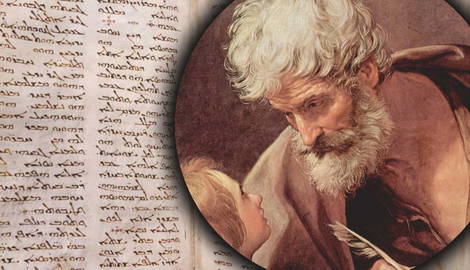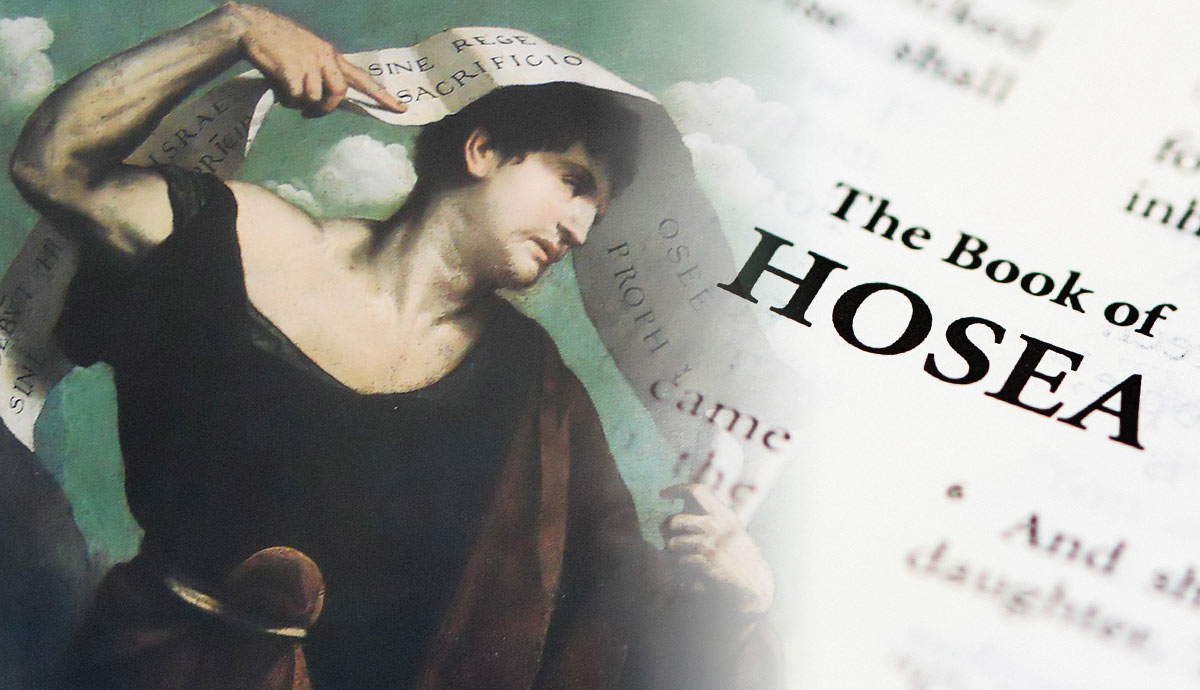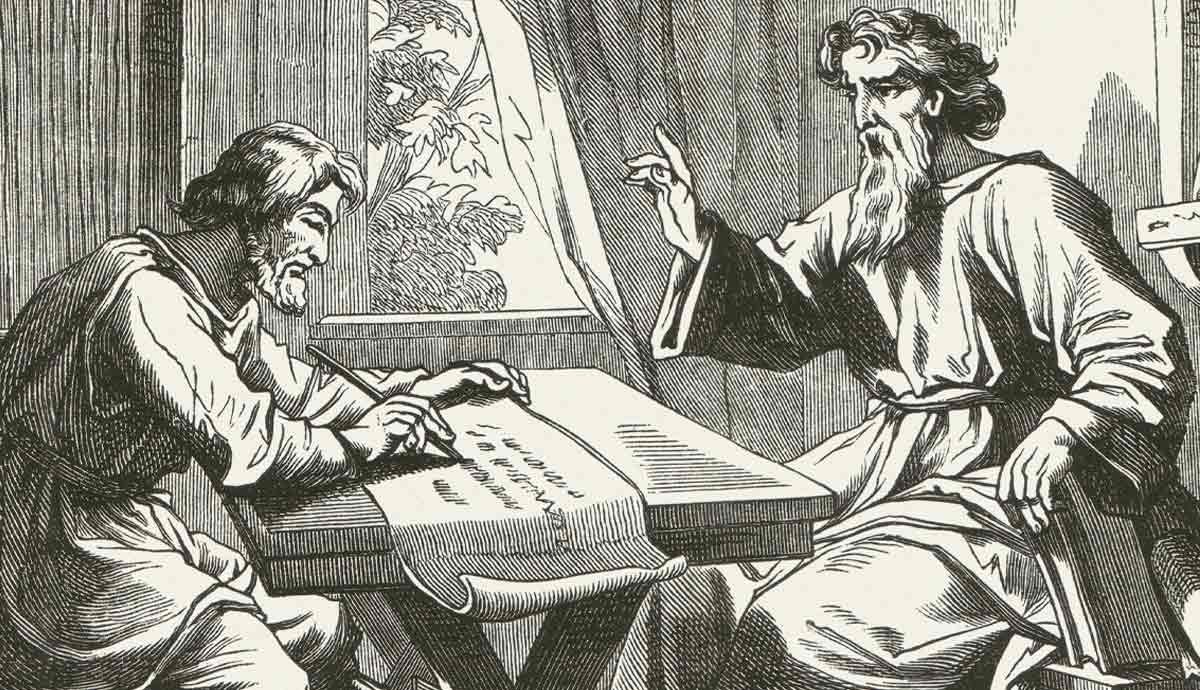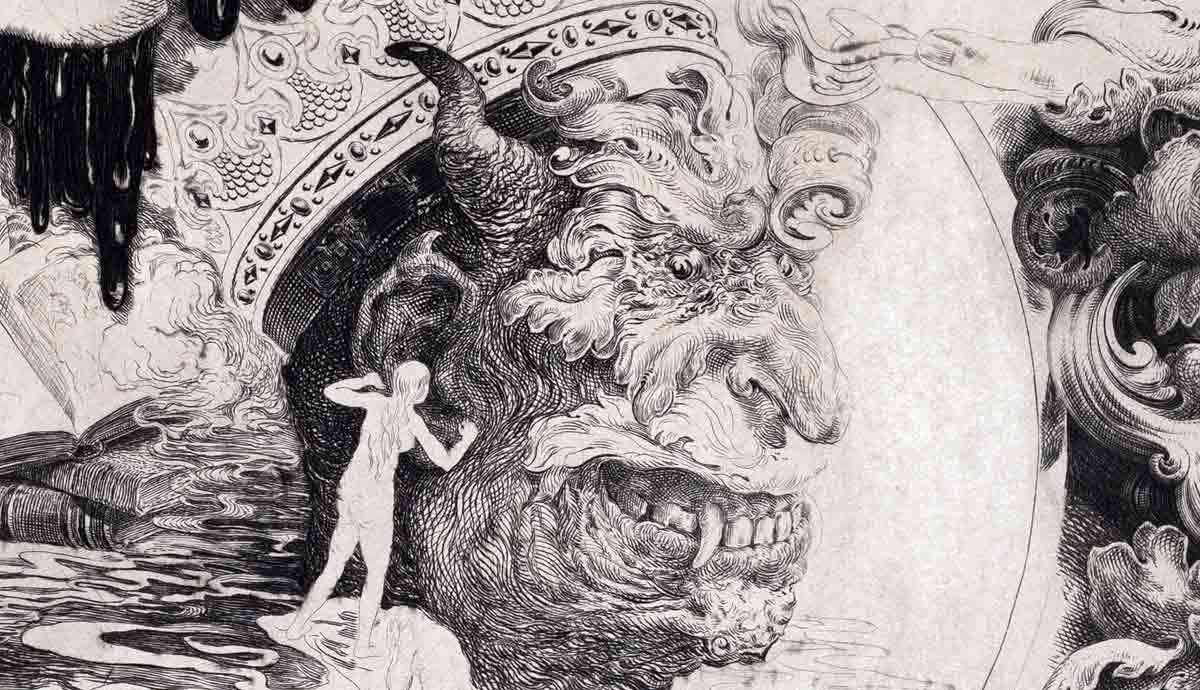
Why does the Bible have four gospels? Many more gospels existed in the early years of Christianity. Why were these four selected when much of the content of these gospels duplicates one another? Would one gospel not have sufficed? These are all good questions that deserve investigation.
What Are the Gospels?

Irenaeus was a Church Father from Gaul near the end of the 2nd century CE. He was aware of many gospels that circulated in his time. He considered only four gospels as authentic. He believed their authors were reliable people who were true followers of Jesus. He described other gospels as works that contained falsehoods and even blasphemy. The Church Fathers established the canonicity of the four gospels very early on.
So, what is a gospel? What made the gospels that became part of the canon of Scripture so special? Why were four included and not more or less? How are the gospels included in the New Testament alike and how do they differ?

The word gospel comes from the Old English term godspell. It is a translation of the Greek word euangelion and means “good news” or “good tidings.” It refers to books that deal with Jesus’ first coming and his ministry on earth.
The first three gospels in the Bible, Matthew, Mark, and Luke, are synoptic gospels. The word “synoptic” means “to see the same.” These three gospels share much of the same content and the authors shared the same views. They do have significant differences in their versions of shared events. Each also has unique detail as well. John, for example, has a completely different approach to presenting Jesus to his audience.
Each of the gospel authors had a different audience in mind when they wrote. They highlighted different events in Jesus’ life to reach their audience more effectively. None of the gospels intends to be a biography of Jesus’ life. Let’s briefly look at each gospel to see who they aimed to reach. We can determine this by looking at how they shaped their approach to target that audience.
The Gospel According to Matthew

The Gospel of Matthew seems to target Jews in particular. He starts off by listing Jesus’ genealogy. Lineage was very important to the Jews. Detailing Jesus’ family tree would speak to the Jewish mind and to Jewish culture. He presents Jesus as Israel’s messiah and the king of the Jews. He also highlights how Jesus fulfilled the Old Testament promises of a coming Messiah.
Everything in Matthew’s approach to presenting Jesus suggests that he wanted his audience to know Jesus was the rightful heir of the kingdom. In a sense, having Matthew as the first book in the New Testament builds a bridge from the Old to the New. The topics and focus flow from one to the other. This is in part because Matthew quotes from the Old Testament more frequently than any of the other canonical gospel authors.
Matthew’s presentation of Jesus highlighted the Old Testament. It shows that Jesus is the fulfillment of prophecies that point to the Messiah. As such, it would resonate with the Jewish audience he aimed to reach.
The Gospel According to Mark

Mark is the shortest gospel by a significant margin, and he also wrote his gospel first. He was not a disciple, but a follower of a disciple. According to Christian tradition, he was John Mark, who backed out of a missionary journey with Paul (Acts 15:37–39). He later assisted Paul in his ministry again.
He begins with the ministry of Jesus. His is a gospel of action and he writes more like a journalist than a historian. He lists more miracles than the other gospels and portrays Jesus as a servant. This would resonate with a Roman audience who tended to hold what people did in high regard. He omits genealogies and lineage from his gospel. It indicates that he did not attempt to reach Jews like Matthew did.
Mark presents vivid detail of the events that led up to Jesus’ death and resurrection. He often uses the word “immediately” and records no sermons. His gospel is an action-packed account of what Jesus did when he walked the earth.
The Gospel According to Luke

Luke was not an eyewitness to the life of Jesus. The first four verses of Luke 1 tell us that Luke wrote a letter to Theophilus. He carefully gathered information about Jesus’ life and actions from eyewitnesses. Once he had enough information, he took great care to compile an accurate record. He wrote for an intelligent audience who were aware of Greek culture.
He presents Jesus as the perfect man and he emphasizes his humanity. Like Matthew, Luke also provides a genealogy and tells of Jesus’ birth. Luke includes Jesus’ circumcision and presentation, which the other gospels do not. He also paints Jesus as empathetic and concerned with people’s welfare. He tells of interactions with tax collectors, the poor, Samaritans, and Gentiles. Luke mentions these events to highlight how Jesus related to all people. These narratives present Jesus as a people person. It aligns with his record of parables that deal with repentance and forgiveness.
The Gospel According to John

According to Christian tradition, John was a disciple of Jesus and had a close relationship with him. He presents an eyewitness account of what he saw and experienced. John wrote his gospel approximately a decade after the other three.
Because he wrote later, he was aware of people’s questions and doubts about Jesus. He presents Jesus as God who became man. His version of the gospel starts with “In the beginning was the Word, and the Word was with God, and the Word was God” (John 1:1) and shortly after states “and the Word became flesh and dwelt among us, and we have seen his glory, glory as of the only Son from the Father, full of grace and truth.” He wanted his audience to believe in Jesus as God who became flesh to save humanity.
John makes it clear that there were many other things he could have recorded about Jesus but chose not to (John 21:25). He believed that what he had written was enough to establish a solid foundation for faith in the Son of God.

Each of the four gospels seem to have had a different way of presenting Jesus. Each gospel had a unique way of referring to Jesus. In Matthew, Jesus is the Son of David, in Mark, Jesus is the Son of Man (Mark 8:36), in Luke, he is the Son of Adam (Luke 3:38), and in John, Jesus is the Son of God (John 3:16). The four gospels present multiple independent accounts of Jesus’ death and resurrection. Multiple accounts show that the events described are likely historical. It contributes to the reliability of the narrative.
The differences and contradictions show that the four gospel accounts were not the result of collusion. They represent slightly differing versions of the same events. Such differences are common in accounts that originate from various sources.
Alternative Gospels

The compilers of the New Testament omitted gospels for one or more of the following reasons. First, if an author wrote the gospel too long after the events, the account was less likely to be accurate. Secondly, several non-canonical gospels (link to Article 6790 Missing Gospels) were categorized as pseudepigrapha. Pseudepigrapha are works falsely attributed to an author. Thirdly, if a gospel was dependent on another gospel for its content, compilers omitted it.
The Church Father Tatian attempted to combine parts of all four canonical gospels. He wanted to create one story from the four gospels around 170 CE. His compilation is known as the Diatessaron which means “through four.” Many similar attempts have been made since, and none with much success. Each gospel had a unique audience it aimed to reach. Combining the four gospels would make the new version less effective. The selection of stories, the words used, and the focus of the gospels differ. An amalgamated gospel would diminish their efficacy and reach.
Conclusion

Each of the four gospels presents a unique perspective on the life and ministry of Jesus. There is significant duplication in the synoptic gospels, but they target different audiences. Each gospel included or omitted details depending on its relevance to the audience. The four gospels present four different aspects of the character of Jesus: kingship, servantship, the perfect man, and God-man.
The combined picture that the four gospels portray provides a more holistic view of Jesus. A single gospel could never do the four gospels’ perspectives justice. The four gospels are complimentary. Each of the four gospels contributes to a more comprehensive picture of Jesus.










